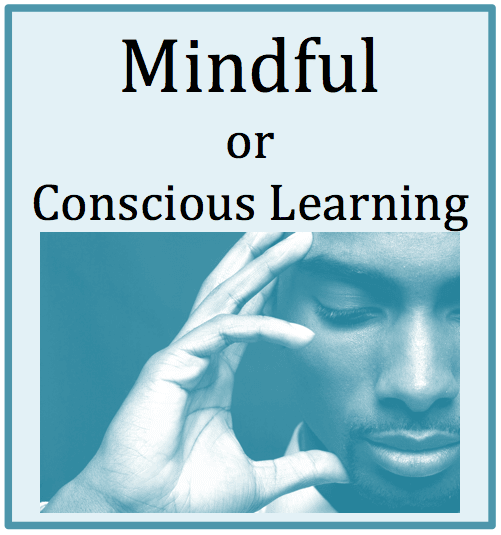This week I wanted to tell you about my online store, Good Sensory Learning. I’m Dr. Erica Warren, and I established this site so I could share all the materials that I have created over the last 20+ years as a learning specialist and educational therapist. When I first began my private practice, Learning to Learn, I had great difficulty finding fun and multisensory materials for my students that were effective and engaging. So back in 2005, I made it my mission to design and distribute high-end, remedial products as well as memorable, motivating lessons that bring delight to learning. If you would like to try a free sampling of my activities , CLICK HERE . How Are the Products Organized at Good Sensory Learning? You can download my Free Printable Catalog or you can browse the site using the grey “search all products” bar in the top right of any page with keywords such as dyslexia, working memory, and executive functioning. What’s more, drop down menus in the red banner allow you t...
According to recent research, a growing number of school-aged children are experiencing a plethora of social, emotional and behavioral problems that interfere with school success, interpersonal relationships, as well as the potential to become competent adults and productive citizens. What's more, many students are passive learners that mindlessly attend classes and complete the work. As a result, a growing number of young learners are unmotivated to learn, struggle with encoding academic content, and have trouble getting the grades that they desire. So what can we do to help these students? A simple strategy is to teach learners to be mindful and conscious of their academic approach.
What is Mindful or Conscious Learning? Mindful or conscious learning is a mental state achieved by focusing one's awareness on the present moment, while calmly acknowledging and accepting one's feelings, thoughts, and sensations. When taught to young learners, recent research suggests that training in this method can help students:
- foster empathy for peers and others
- reduce stress
- increase attentional abilities
- improve emotional regulation and social behaviors
- boost motivation
- raise grades

The best ways to teach children to be mindful and in the moment is to be fully present yourself and share your own thought processes. In addition, you can implement short meditations where you encourage learners to be aware of their breath and just observe their thoughts. Here is a Multisensory Brain Break Meditation product (click on the image to learn more) as well as three useful videos. The first two videos can be shown to students and helps to explain the practice, while the third video shows practitioners in the classroom teaching this skill.
Cheers, Dr. Erica Warren
Dr. Erica Warren is the author, illustrator, and publisher of multisensory educational materials at Good Sensory Learning and Dyslexia Materials. She is also the director of Learning to Learn and Learning Specialist Courses.
· Blog: https://learningspecialistmaterials.blogspot.com/
· YouTube Channel: https://www.youtube.com/user/warrenerica1
· Podcast: https://godyslexia.com/
· Store: http://www.Goodsensorylearning.com/ & www.dyslexiamaterials.com
· Courses: http://www.learningspecialistcourses.com/
· Newsletter Sign-up: https://app.convertkit.com/landing_pages/69400
· Blog: https://learningspecialistmaterials.blogspot.com/
· YouTube Channel: https://www.youtube.com/user/warrenerica1
· Podcast: https://godyslexia.com/
· Store: http://www.Goodsensorylearning.com/ & www.dyslexiamaterials.com
· Courses: http://www.learningspecialistcourses.com/
· Newsletter Sign-up: https://app.convertkit.com/landing_pages/69400





Comments
Post a Comment